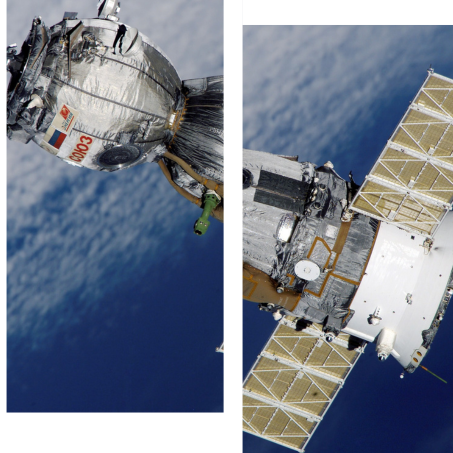A satellite is an object that orbits or revolves around another object in space. Satellites can be natural, such as moons orbiting planets, or artificial, human-made objects launched into space for various purposes.

Effective systems engineering and design processes are critical for satellite projects. This involves defining mission requirements, conceptualizing satellite architectures, performing trade-off analyses, and developing detailed specifications to meet mission objectives while considering constraints such as cost, schedule, and technical feasibility.
Advancements in technology drive progress in satellite projects. Solutions include developing innovative technologies for propulsion, power generation, communications, thermal control, materials, sensors, instruments, and onboard computing to improve satellite performance, reliability, and efficiency..
Collaborative partnerships between government agencies, space agencies, research institutions, academia, industry partners, and international collaborators are essential for satellite projects. These partnerships leverage expertise, resources, funding, and infrastructure to facilitate knowledge sharing, risk mitigation, and technology transfer.
Robust project management practices are crucial for satellite projects to ensure successful execution within budget and schedule constraints. Solutions include implementing project management methodologies, risk management processes, and contingency plans to identify, assess, and mitigate risks throughout the project lifecycle
Help us find the answer to your questions by entering the details below: